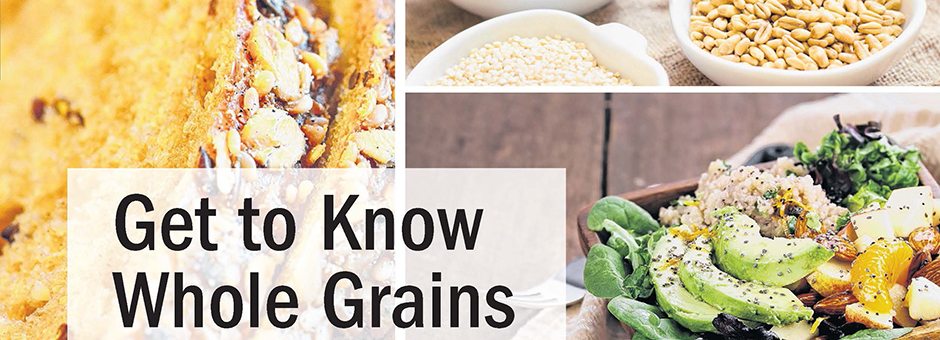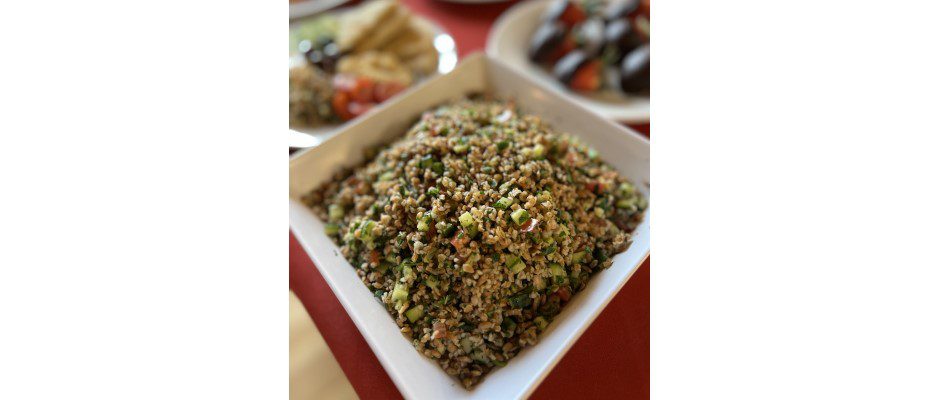
[This piece was written by Joseph D. Catanzaro, MS, RD, Clinical Dietitian for St. Peter’s Health Partners.]
March is National Nutrition Month, which makes it the perfect time to highlight the importance of whole grains! While brown-colored grains don’t grab the attention of our eyes like many fruits and vegetables, wheat, quinoa, oats, barley, and rice pack a lot of nutrition into small portions.
Whole grains are just that: whole, intact grains. Take the wheat plant, for example. White bread is made when the wheat grain is stripped of its outer coating (called the bran and germ), removing fiber, vitamins and minerals. Whole grain products are produced with the entire grain used, including that outer coating which keeps the fiber, vitamins and other minerals in your food.
Food packaging can be deceiving, however. Many bread products advertise they are “multigrain” or have wheat flour listed in the ingredients, but that can be misleading. Only products containing “whole grain” or “whole wheat” in the ingredients actually contain pieces of the entire grain. Anything else is usually some form of white flour with vitamins added back in – a process called “enrichment” – but lacking the fiber of the whole grains.
Fiber is more important than many realize. According to the Academy of Nutrition and Dietetics, increasing your fiber intake can help reduce your risk for developing conditions like heart disease, diabetes, and cancer. Increasing fiber consumption has also been shown to help reduce cholesterol levels in the blood.
The average American consumes only 15 grams of fiber daily, according to the Academy of Nutrition and Dietetics, which is far less than the recommended 25-30 grams. Eating more whole grains is an easy, delicious switch that can help get you closer to that goal.
Many restaurants and grocery stores have increased their availability of whole grain products, making it easier to choose a healthier option. For example, quinoa contains about 5 grams of fiber and 200 calories in a 1-cup serving. Consider that opposed to white rice, which contains about 1 gram of fiber in the same serving size.
The American Heart Association recommends at least half of your grains each day are whole grains. Simple tips to get more into your diet include:
- Choose bread products with “whole wheat flour” or “whole grain flour” at the top of the ingredient list.
- Swap brown rice for white and ditch white bread for whole wheat.
- Add dry oats to cereals, yogurt, or even baked goods and desserts, or cook them with milk instead of water for a high-protein oatmeal.
- Try grains like amaranth, farro, or quinoa instead of the white rice and potatoes that frequent many American’s plates.
Make this National Nutrition Month the one where you add some new, whole grains into your diet. You will be happy you did!





